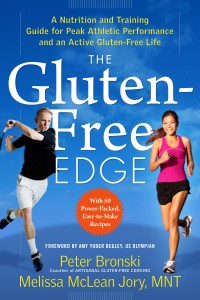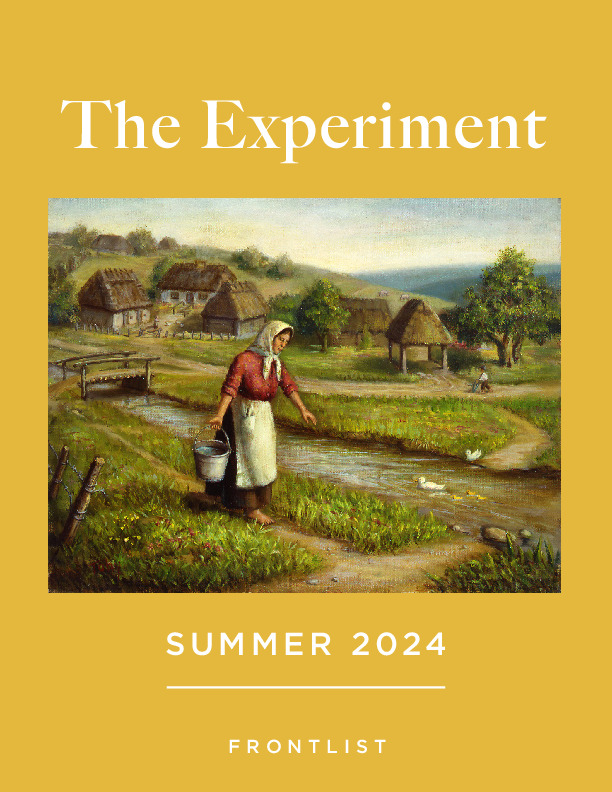Athletes featured in Peter Bronski and Melissa McLean Jory’s new book showed the world their gluten-free edge at the London 2012 Olympics.
Millet, arrowroot, corn, rice, teff, sorghum—the list goes on. Such sources of gluten-free carbohydrates are not usually regarded as the stuff that dreams are made of, but that may be about to change. Several gluten-free athletes made the trip to London this summer, and for swimmer Dana Vollmer and pole-vaulter Jenn Suhr their dreams of Olympic gold were realized. Their triumphs are the latest in a slew of successes by gluten-free athletes, and further evidence of the way that this increasingly prevalent diet—thanks to rising rates of diagnoses of celiac disease and gluten sensitivity—can be a game-changer.
Diagnosed with celiac disease in 2011, ten-time American champion pole-vaulter Jenn Suhr’s adoption of a gluten-free diet came at just the right time. Stomach issues and other symptoms such as fatigue, dehydration, and muscle cramps “had been surfacing on and off for a few years. . . [but] during summer 2011, it was different,” write Peter Bronski and Melissa McLean Jory in their new book, The Gluten-Free Edge. “There was a more fundamental change in her health. Suhr failed to defend her outdoor title and barely qualified for Worlds.” After her celiac diagnosis and dietary changes, her season took an extraordinary turnabout: “She posted the second-best jump of her life—4.91 meters—which ended up being the best height of any female vaulter in the world for all of 2011. By the end of the year, she was in top form, ranked by Track and Field News as the top female vaulter on the planet,” report Bronski and Jory. Her gold medal in London proves that, with a gluten-free diet, even celiac disease can’t slow her down.
Though swimmer Dana Vollmer doesn’t have celiac disease, getting rid of gluten gave her health and performance a tremendous boost. Despite enjoying a stellar career as a young swimmer, Vollmer was plagued by chronic lower abdominal pain and, later, fatigue. These symptoms worsened, affecting her training and leading to three hospitalizations, until tests revealed several food sensitivities, including gluten intolerance. Since eliminating gluten from her diet, Vollmer has crowned an already impressive career with some incredible accomplishments. She won gold in the 100-meter butterfly at the 2011 FINA World Championships, setting a new American record. In the London Olympics, Vollmer not only won gold in the same event—she also set a new world record.
Although Serbian tennis titan Novak Djokovic (currently ranked second in the world) narrowly missed medaling in London, placing fourth, he is another shining example of an athlete enjoying a gluten-free edge. He had a phenomenal season in 2011 after adopting a gluten-free diet; he won three of the four Grand Slam tournaments (the Australian Open, Wimbledon, and the US Open), went on a forty-three-match winning streak, and ended the year ranked first in the world. Despite missing out on the Olympic podium, Djokovic is currently playing in the US Open (he opened his campaign on Tuesday, winning his match and only dropping two games), where he’s the defending men’s champion.
You can find out more about these athletes and the way that superstar athletes and active people everywhere are transforming their diets and lives in Peter Bronski and Melissa McLean Jory’s The Gluten-Free Edge.





